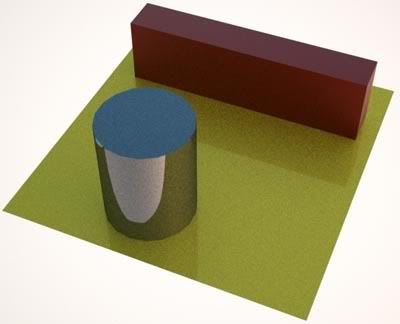MAXWELL RENDERER

It has always been about noise. I just can't get over the noise issue of Next Limit's Maxwell Renderer. I know the clients list is very impressive and it has always been promoting itself as the closest to reality light simulator. Even in the galleries I can see lots of noise in the dark places. It just feels like using a normal digital camera VS. a digital slr. Well, the ISO settings when it goes beyond 400, it goes really noisy just like a normal digital camera. Well, this will make rendering interiors or night scenes a pain in the ass. Well, I was assured by my friend that the newest version has improved significantly but it is still among the heaviest renderers I ever feel running on my laptop, even with 2GB RAMs on my system.
In the world of rendering engines, the competition is just too big. Chaos Group's VRay is still the most lightest renderer in the market and probably the fastest. Then, there are fascinations with SplutterFish's Brazil r/s (Rendering System) as my animation friend said alot of giant companies use it. Cebas's finalRender is another option. Finally, of course the mental ray which had released the version 3.5 for the upcoming Max and Maya. The Final Gather is so much faster now to my great joy! I seriously don't have the time in the world to play with them all but sometimes it is good to monitor the strengths and weaknesses of each of them.
There are definitely others out there who are also quite famous like AccuRender, POV-Ray (Persistence of Vision Raytracer - I think open source too if I am not mistaken), Illuminate Lab's Turtle, BusyRay and Pixar's RenderMan, which are used for many animated films done by Pixar. There are open source selections too like Radiance, Pixie (Berkeley) , Aqsis (RenderMan interface standard) and toxic as well as one developed by nVidia called Gelato. Man, I wish I was born much later!

0 Comments:
Post a Comment
<< Home